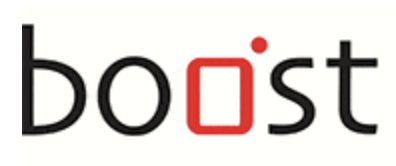By Jamie Wood
February 14, 2014, marks the day I touched down at Adelaide Airport, ready to dive headfirst into an incredible career opportunity as the sales director for the leading radio station in the market. I was a fresh-faced 27-year-old with big ambitions and even bigger challenges ahead.
As I stepped into the role, I quickly realized that despite our station’s dominance in the ratings, the city of churches was a unique market set to throw some major headwinds my way!
The Hurdles.
First off, Adelaide was birthplace of two of Australia’s top three FM networks. These competitors had a “head office feel” about them, loaded with resources and backed by national executives right there in the local market, An intimidating competitive set by any measure.
Secondly, the economic landscape in Adelaide was grim. Key industries like manufacturing and auto were in sharp decline, resulting in soaring unemployment rates. From an advertising standpoint, we were left with all networks aggressively vying for finite revenue opportunity.
But perhaps the most challenging was our station’s pricing. Despite our leading ratings position, we were priced at a 20% to 40% premium on the market and had plenty of national demand putting pressure on our fill rates.
It was clear that if we were going to change our fortunes, we needed a radically different plan. Here’s the 3 major strategic initiatives we deployed.
Differentiate like hell.
In a highly commoditised market where vanity metrics like “number of spots” and buying metrics like “reach and frequency” dominated, we doubled down on audience quality. We made it our mantra that “not all audiences are created equal.” In every sales pitch, brief, ratings discussion, and piece of marketing material, we drove home the point that our audience wasn’t just big; they were big spenders. We showcased their income, spending habits, and the purchases tied to their life stages. In a tough economy, this message struck a chord with advertisers eager to make every dollar count.
Sacrifice the small.
Rather than chasing after every radio dollar, we set our sights on clients with a high price tolerance. Our target: the top 25 advertisers across all media. We traded the hard sell for a consultative approach. We listened, learned about their long-term challenges and objectives, and then presented proactive solutions that went beyond quick fixes. Yes, it was a patient game, and we weathered some rough revenue months, but our laser focus on the market’s biggest spenders set us apart from the competition, promising substantial dividends down the road.
Optimise the inventory.
Our premium pricing was largely driven by the high demand from interstate bookings. After a huge audit, we uncovered a treasure trove of remnant inventory and lower-demand sessions that we could offer as value-add or at significant discounts. We got programming on board and asked for exclusive on-air features and benchmarks tailored specifically for local clients. Through clever scheduling and inventive packaging, clients could unlock high-reaching media plans, blending premium inventory with strategic value-adds and seamless integration. Forget individual spot rates; the real magic lay in the overall value equation.
So what?
These were undoubtedly some of the most trying years of my career, humbling in many ways. However, after two years of embracing these strategies, we delivered revenue growth of 24.5% in a declining market and clinched the Australian Commercial Radio award for the best metro sales team too.
To anyone out there facing seemingly insurmountable odds, here’s the takeaway: when the rules of the game aren’t stacked in your favour, create a new game that you can win.
About the Author
Jamie Wood is the Global Sales Director of Boost Media International, Boost provides revenue solutions and advisory services to media companies globally. Jamie also hosts Media Sales Mastery a top rated podcast showcasing best practice from some of the industry’s top thought-leaders.


